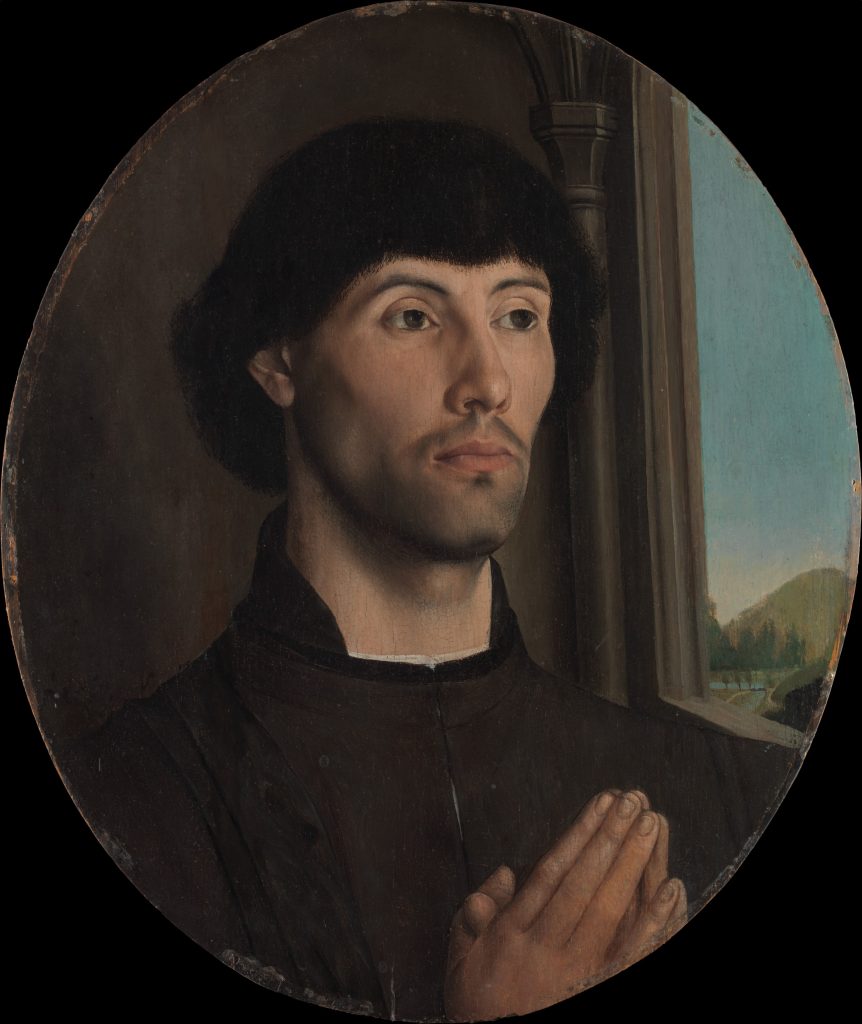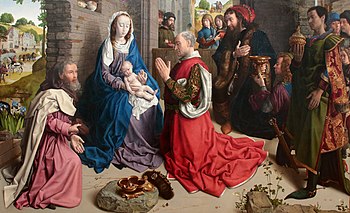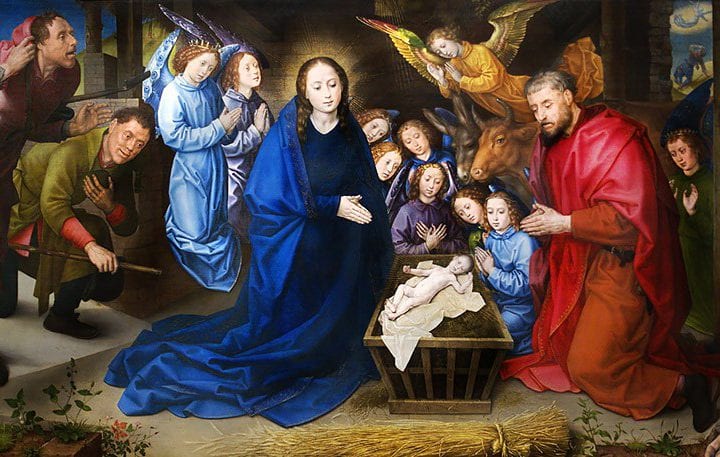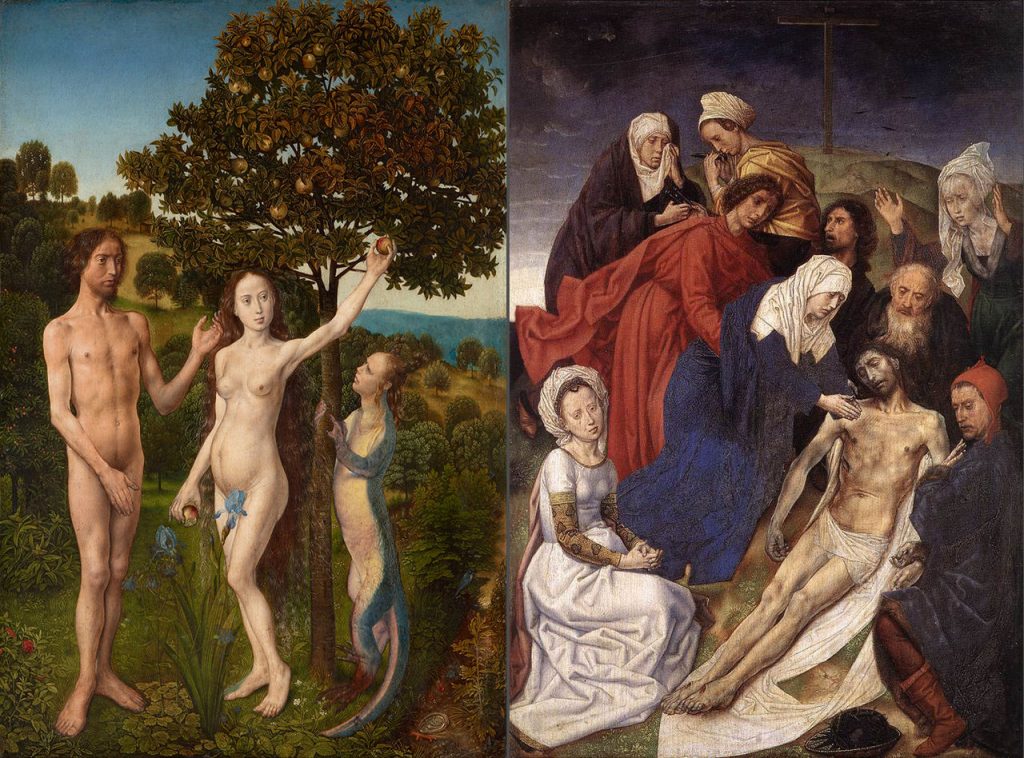I played with many different ideas for this project. Once i had decided on my topic I tried playing with a brick wall motif but it wasn’t really working out design wise, i then tried a typewriter idea but I was told Alex already was using that idea, so eventually I came to the idea of a tree. The tree represents gradual growth through time and I chose to do it in a sort of simple style that hints at Art Nouveau. I think if I did this project again I wouldn’t use pencil crayons I would instead use watercolour or some other more flat medium, I didn’t quite get the effect I had hoped for with the pencil crayons. My information is well researched and laid out in an understandable way. I got my partner to look it over (who knows nothing about type) and he claims he learned a thing or two. Overall I think I probably should get a 7.5/10 because the end result could have been cleaner if I had chosen the right medium in the first place.
Maurice de Vlaminck
Maurice de Vlaminck was born in 1976 in Paris. He started painting as a teenager but we don’t have much art from his early life as he went and served in the military. He didn’t truly start his artistic career until after he was finished serving in the army.
Vlaminck was proudly part of the Fauvism age of painting. So much so that he resented painters like Picasso for taking over the genre with cubism, thinking that cubism was driving real painting into the ground. He was heavily influenced by Van Gogh and apparently greatly admired both Van Gogh as a person and his paintings. his style is insteresting, using bold strokes and colours, not aiming for realism but more of an impression of his subject matter. More refined than cubism but still with abstract qualities.
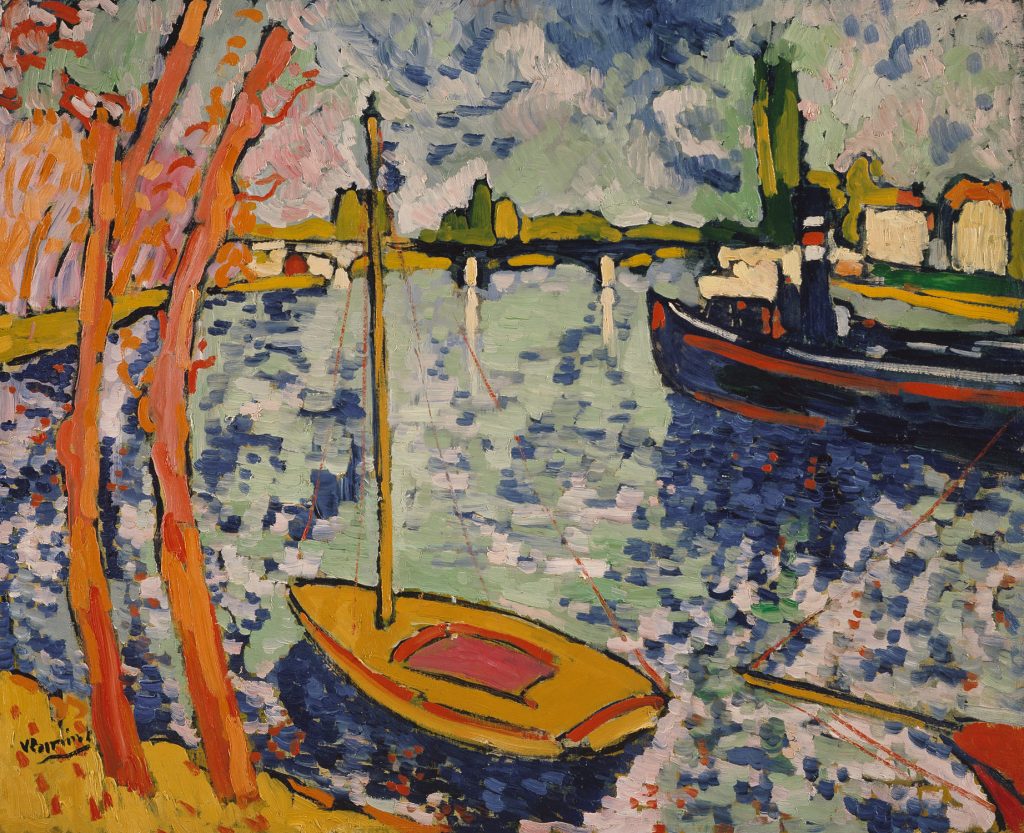
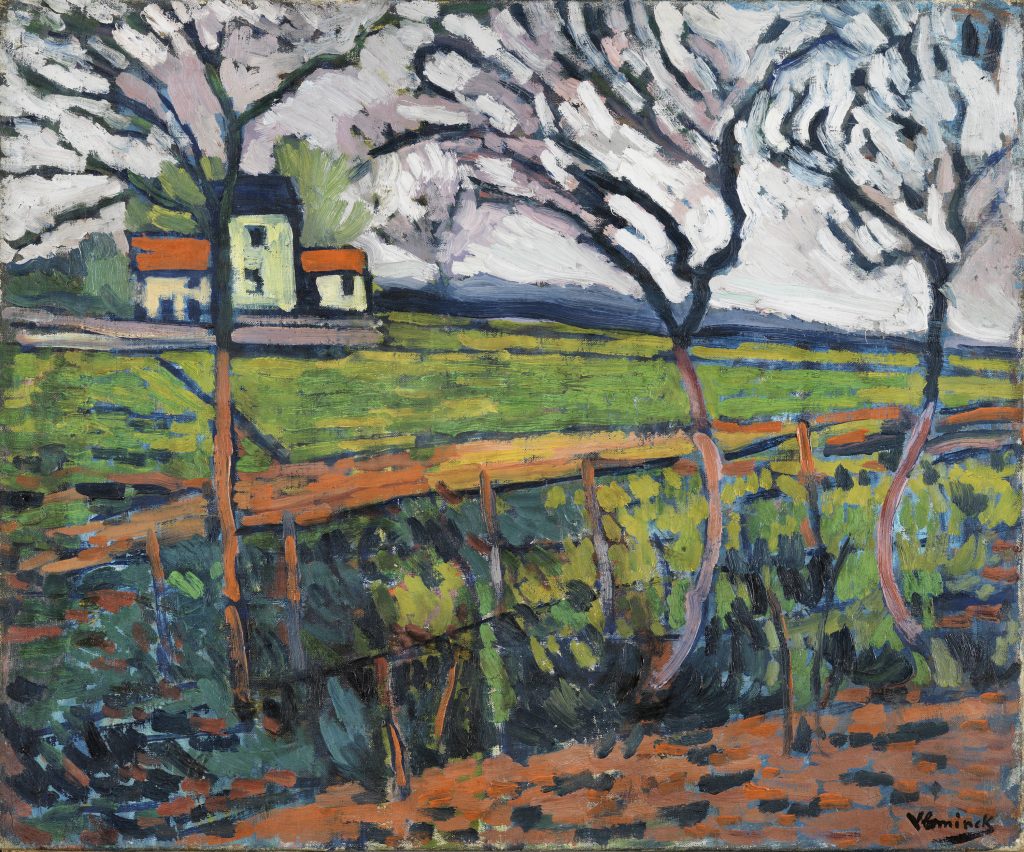

Historical Artifact
I love art nouveau and I find the moulin rouge exciting and fascinating so I chose my art piece because it is a middle ground between those two things. I chose to do a poster design, which I originally thought was unambitious but very quickly came to a different conclusion. I did tons of sketches and had to sort through so many artworks before finding the one I eventually chose. To get it right it took a lot of planning and precision and those are not typically a strong suite of mine. It was also a challenge trying to colour match, I hope the colours came though well in the photograph. I think I could’ve spent more time on the written components but overall, I think I should get a high B or A-.
William Blake
William Blake was an amazing painter but he is recognized more for his poetry than his paintings. He was frequently dismissed and did not gain much renown during his lifetime. Now, after his death, he is considered a visionary in poetry and visual art. His pieces are bold and striking, sometimes taking a moment to figure out what you are looking at. He was born in London and after being educated primarily by his mother he apprenticed under James Basire, an engraver. The forms in his paintings are soft around the edges but meticulously detailed if you look closer. I chose to do my blog post on William Blake for selfish reasons. I have been watching a lot of Hannibal and one of William Blakes’s pieces, “The Great Red Dragon and the Woman Clothed in Sun” is the central focus of season four of the show. The main antagonist of the last season is obsessed with becoming the great red dragon in the work of art.
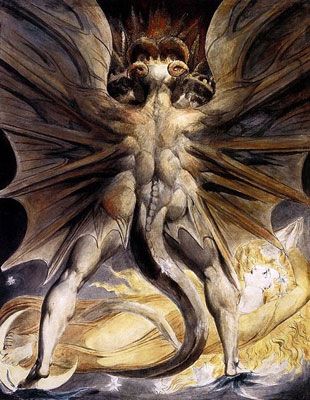
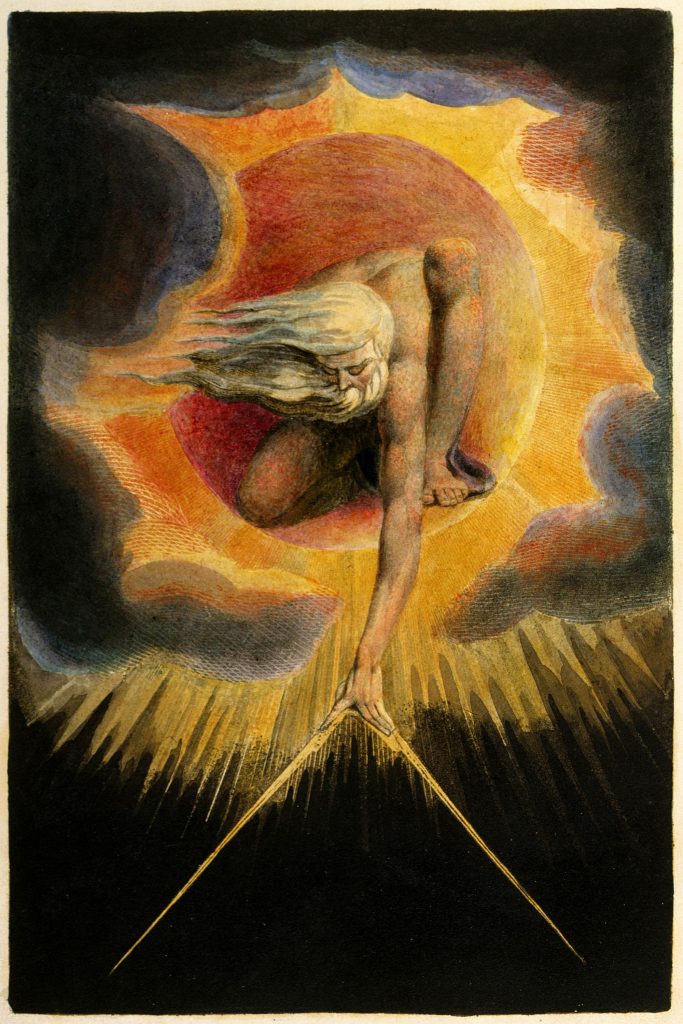

Survey 6
Art Nouveau
As much as we are supposed to choose an event from the survey timeline, I broke the rules a little bit on this post. I love art nouveau and I really wanted to write about it. Art nouveau is a fascinating movement that I have frequently found myself inspired by when doing my own work. It has beautiful organic shapes, neutral colours, and amazing depth despite its flat colours. It also inspired much of the art in the 60’s and 70’s and served as a foundation for psychedelic art.
Design
Design was a big part of Art Nouveau, a key element to many of its iconic imagery and posters was incorporating text into illustrations or thoughtfully framing illustrations with text and embellishments. A lot of the most recognized pieces of art from the movement were advertisements and poster designs. I would say the foundation of current day poster design began with art nouveau. The artists took care with visual hierarchy and made meticulously detailed illustrations with plenty of embellishments. Alphonse Mucha is an iconic artist from this time period and probably who most people think of when they think of art nouveau. He is said to have had a skill with printing that was unrivaled.
Features of Art Nouveau design is organic shapes, whiplash curves, detailed illustration and flat and neutral colours.

Architecture
Art Nouveau architecture is facinating and beautiful, using those same organic shapes and natural curves but this time in staircases and buildings. Architects like Hector Guimard ran with this style and designed beautiful pieces of ironwork for subway stations and buildings. The craftsmanship of ironwork and furniture is where the core of art nouveau really comes into play. The movement came from the arts and crafts movement. The ideology of that movement came from a rejection of industrialism and a value for well-made products with thoughtful design. These products being well made and beautiful is a big reason we still see these antiques around today. They didn’t break down as easily as many of the mass produced products of that era.
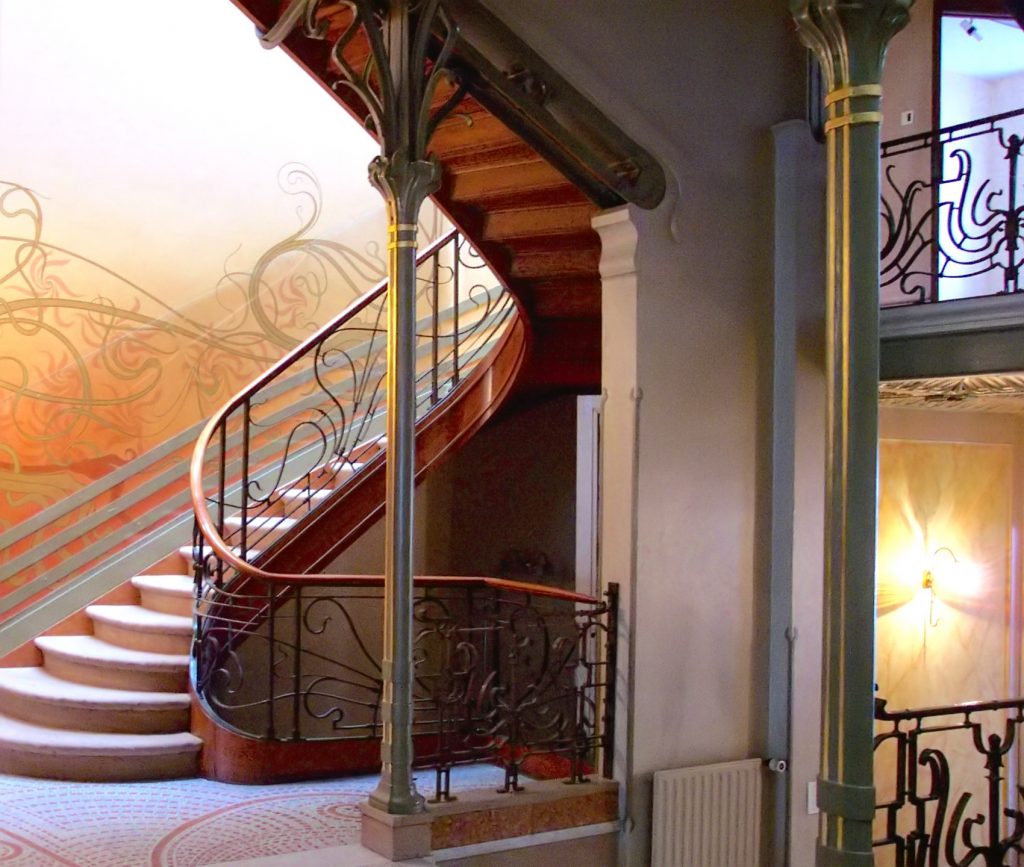
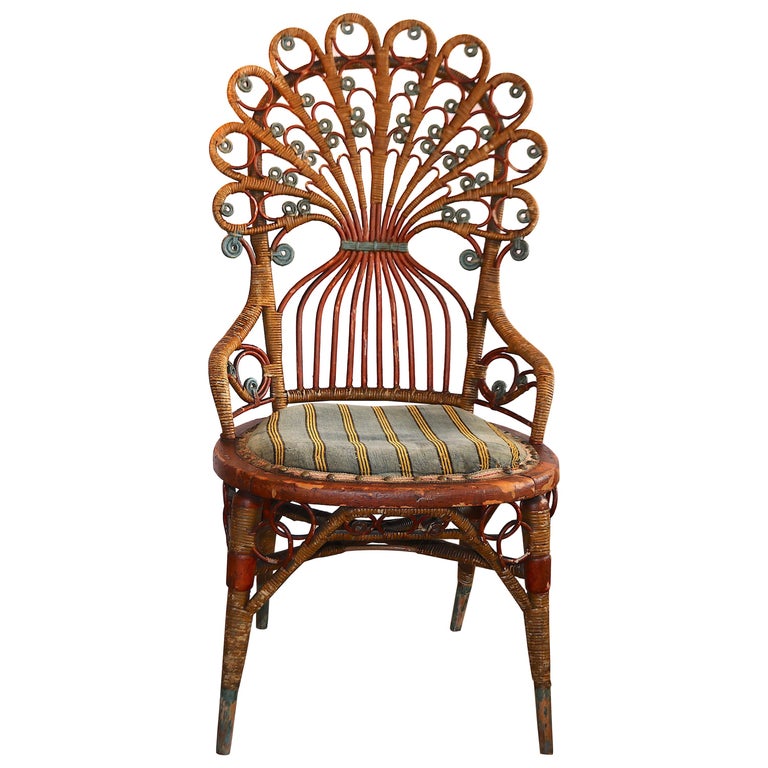
Sir Joshua Reynolds
Sir Joshua Reynolds specialized in portraiture and apprenticed under Thomas Hudson in 1740. He left his apprenticeship in 1743. in 1749 he joined the ship the HMS centurion on a voyage to the Mediterranean well with the ship he traveled broadly but eventually he settled in London where he became an extremely prolific painter and spent most of his career.
his detailed style of portraiture didn’t shy away from the reality of his sitters. He left in imperfections and captured the sitter’s likeness with incredible skill. He used natural colors and captured his subject’s human beauty. as someone who enjoys portraiture and appreciates how difficult it is his works amaze me.
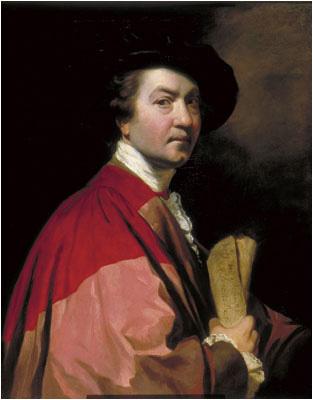
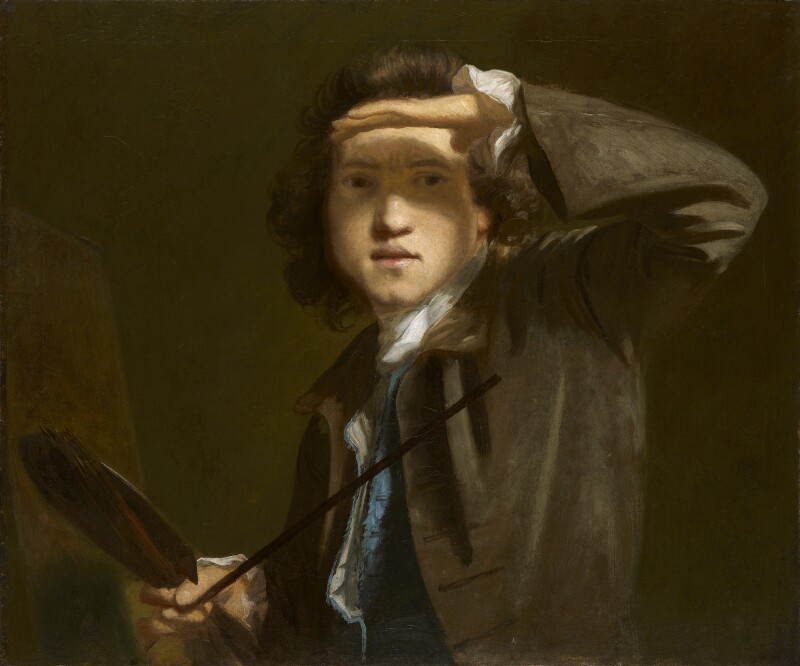

survey 4
The Invention of Braille
The last class focused heavily on typography, we learned about the invention of the printing press, display typefaces, and typography in art. But we didn’t learn that much about how type and even just literacy have developed in visually impaired people so I chose to do my blog post on Braille and the invention of Braille its cultural impact was incredibly significant and I would argue that it still counts as a type of typography.
Culture
Braille was invented by Louis Braille in 1824 when he was only 15 years old. It was a modified version of something the military was already using to allow people to read communications with no light. This invention allowed visually impaired people to read which was something nearly unimaginable to the community up to this point. Louis Braille invented himself was blind. Even though this was a world-changing invention it would not be adopted universally until 1932. Braille has since been adapted for many languages besides English around the world.
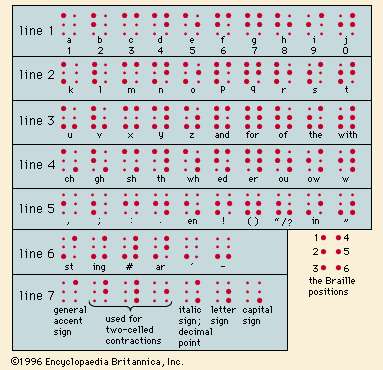
Typography
Braille as a type is fascinating. It is written from right to left using a slate and read from left to right. The slate uses 2 metal plates with cell-sized holes that you punch with a poking tool to create each letter and then the paper is flipped so the raised parts are on the top. A cell is one letter, which is made using a maximum of six raised dots.
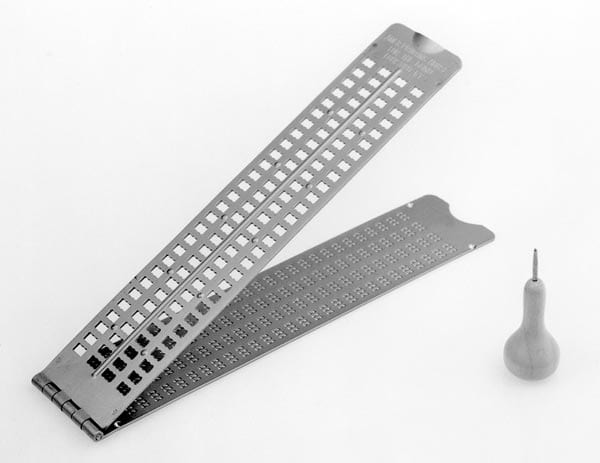
Each letter of the alphabet plus punctuation is represented with these dots. When red, all one does is run your fingers along these cells distinguishing each letter. Even though it is usually representing English it is truly a unique language in and of itself.
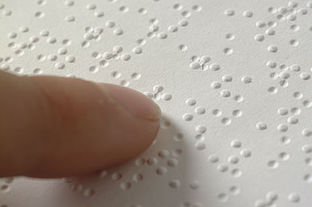
Before doing this research I didn’t really have any idea how braille worked or how it was read. It was fascinating to be able to grasp a better understanding of Braille since it was such an important invention.
The Gutenburg Press
The part of the lesson I found most fascinating was the invention of the printing press and Johannes Gutenburg.
Books laid the foundation of our society, they allowed us to spread knowledge, track historical events, and teach lessons through stories. We wouldn’t be where we are today without them. Gutenburg, with the invention of the printing press made knowledge accessible. People were able to read the bible themselves and decide on their faith without the watered-down interpretations of the church in their way for instance. Previously books were hundreds of dollars each and had to be made one by one, sometimes taking years to create, now you could make hundreds, or even thousands of copies of the same book, and you could even hire illuminators to make the books just as beautiful as something hand written.
In 1445 the demand for books was high, people wanted something affordable and uniform. This demand went hand in hand with the first ever universities. More and more people were literate and wanted to use this to their advantage. Gutenburg saw an opportunity and had a world changing idea.
He found financial backers and began prototyping. By 1450 he had invented the Gutenburg press. It worked by carving out individual letters, punctuation, and ligatures, pressing those into a soft copper block, then, using a hand casting tool also invented by Gutenburg, casting the letters into lead. These lead pieces were then organized into a mirror image of the desired page, covered in ink and pressed onto the pages. Once a page was organized it could be used repeatedly to produce copies of the same page.
The first things printed by Gutenburg were small official documents and decrees, but it didn’t take him long to take on much more ambitious projects. He spent months creating copies of the Lain bible, having them illustrated and selling them. It is one of the most important books in history to this day because of the innovation of Gutenburg.
Finally, books were available for ordinary people and reading and education were no longer exclusively for the super-wealthy.
Mood Board
I liked this assignment in theory. the topics I was researching grabbed my interest, I had an opportunity to find images and make connections I wouldn’t have otherwise made, I liked the content quite a bit. I managed to pick three topics that all had to do with new beginnings and breaking free from the status quo. I had a lot of problems with Invision. I felt like I was never taught how to use the took and it seemed to work against me rather than for me, especially within the context of making a nice layout and having everything look cohesive and nice. It was very hard to find any resources to help me understand the tool better as well. it seemed like it could work well if you were only working with images, but text kind of broke it.
Blog Post 1
Hugo Van Der Goes
Hugo Van Der Goes is said to be one of the most influential Flemish artists of the early 15th century. He was often commissioned by the church, so often in fact that one of his most recognizable works of art is a nativity scene. Not much is known about his life before he was a master painter but since gaining his fame, he gained many copycats. Many of the works thought to be his were eventually reassessed and determined to be done by people who worked for him or simply people trying to copy his style. Some of his more well-known pieces are, Portrait of a Man (ca.1475), Adoration of the Shepards (1480), The Portinari Triptych (1475), the adoration of kings (1470), and The Fall and Redemption of Man.
